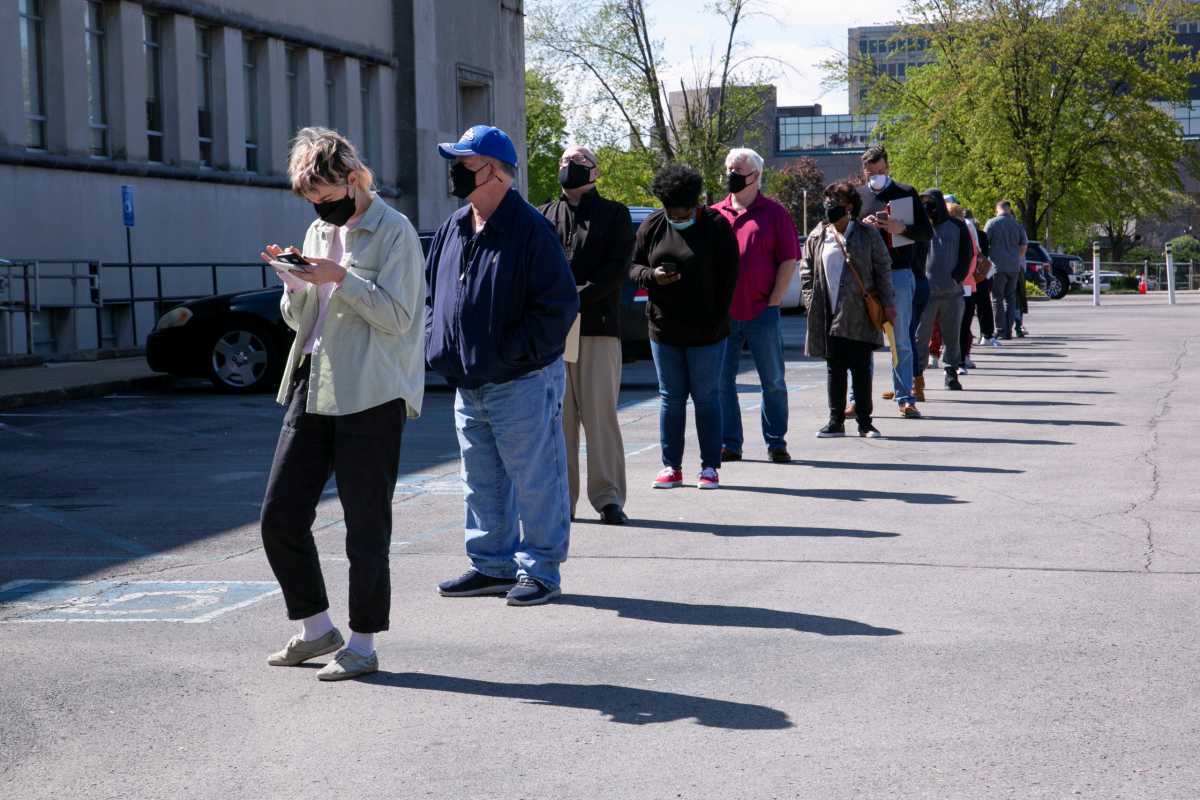WASHINGTON – New applications for U.S. jobless benefits dropped to a 52-1/2-year low last week, while the number of Americans on unemployment rolls continued to shrink, pointing to rapidly diminishing labor market slack that will keep wage inflation rising.
Initial claims for state unemployment benefits fell 28,000 to a seasonally adjusted 187,000 for the week ended March 19, the lowest level since September 1969, the Labor Department said on Thursday. Economists polled by Reuters had forecast 212,000 applications for the latest week. Claims have declined from a record high of 6.149 million in early April 2020.
There are no signs yet that Russia’s one-month old war against Ukraine, which has sent U.S. gasoline prices to record highs and is expected to worsen the strain on global supply chains, has impacted the labor market.
Companies are desperate for workers. There were 11.3 million job openings at the end of January, with a record 1.8 open positions per unemployed person.
This misalignment between demand for labor and supply is boosting wage growth, which is providing some cushion to households against the soaring gasoline prices, as well as feeding into high inflation.
The Federal Reserve last week raised its policy interest rate by 25 basis points, the first hike in more than three years. Fed Chair Jerome Powell on Monday said the U.S. central bank must move “expeditiously” to raise rates and possibly “more aggressively” to keep high inflation from becoming entrenched.
The claims report also showed the number of people receiving benefits after an initial week of aid decreased 67,000 to 1.350 million during the week ended March 12, the lowest since January, 1970. The so-called continued claims data covered the period during which the government surveyed households for March’s unemployment rate.
Continued claims declined between the February and March survey periods. The unemployment rate fell to a two-year low of 3.8% in February.


































